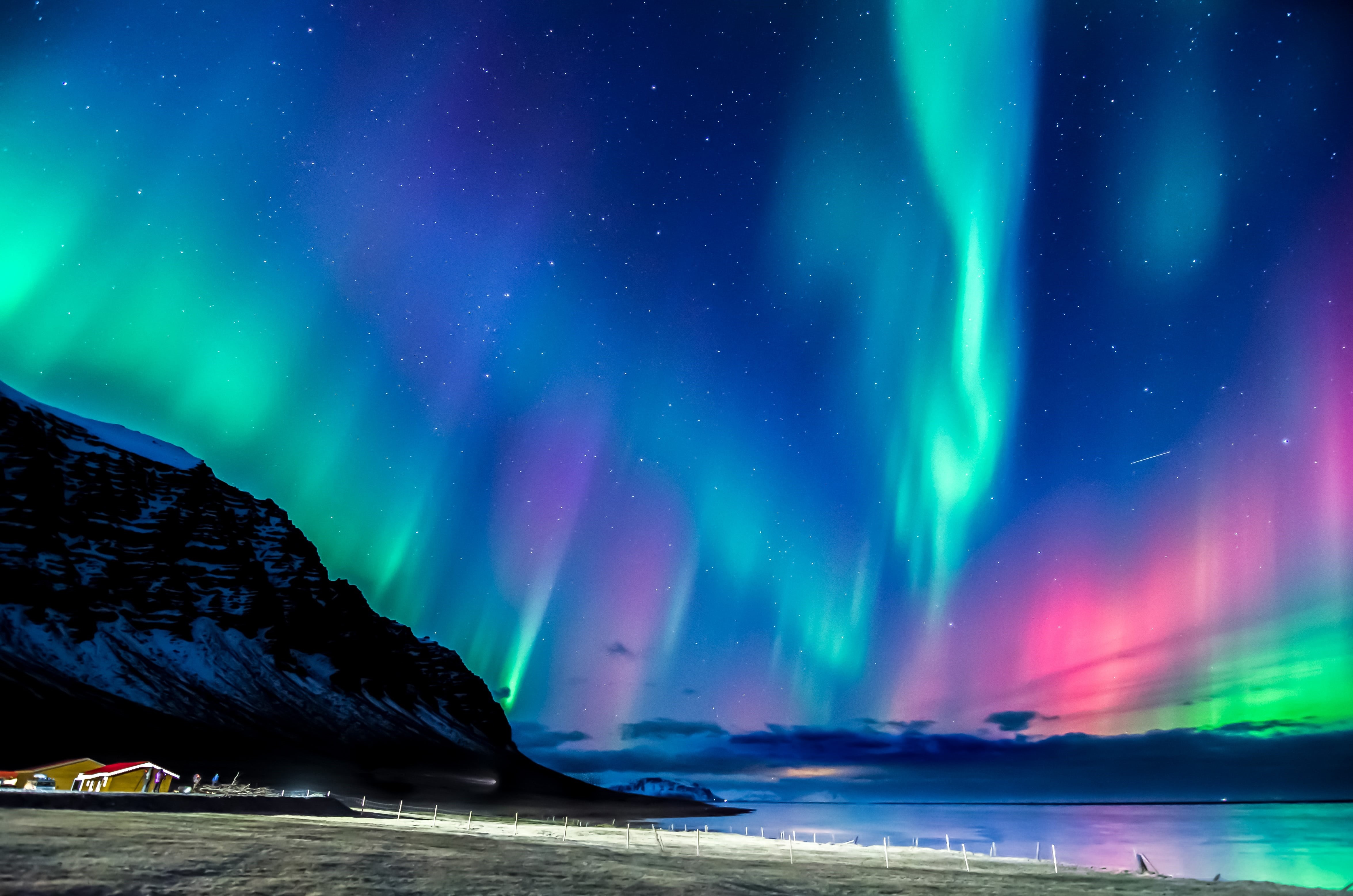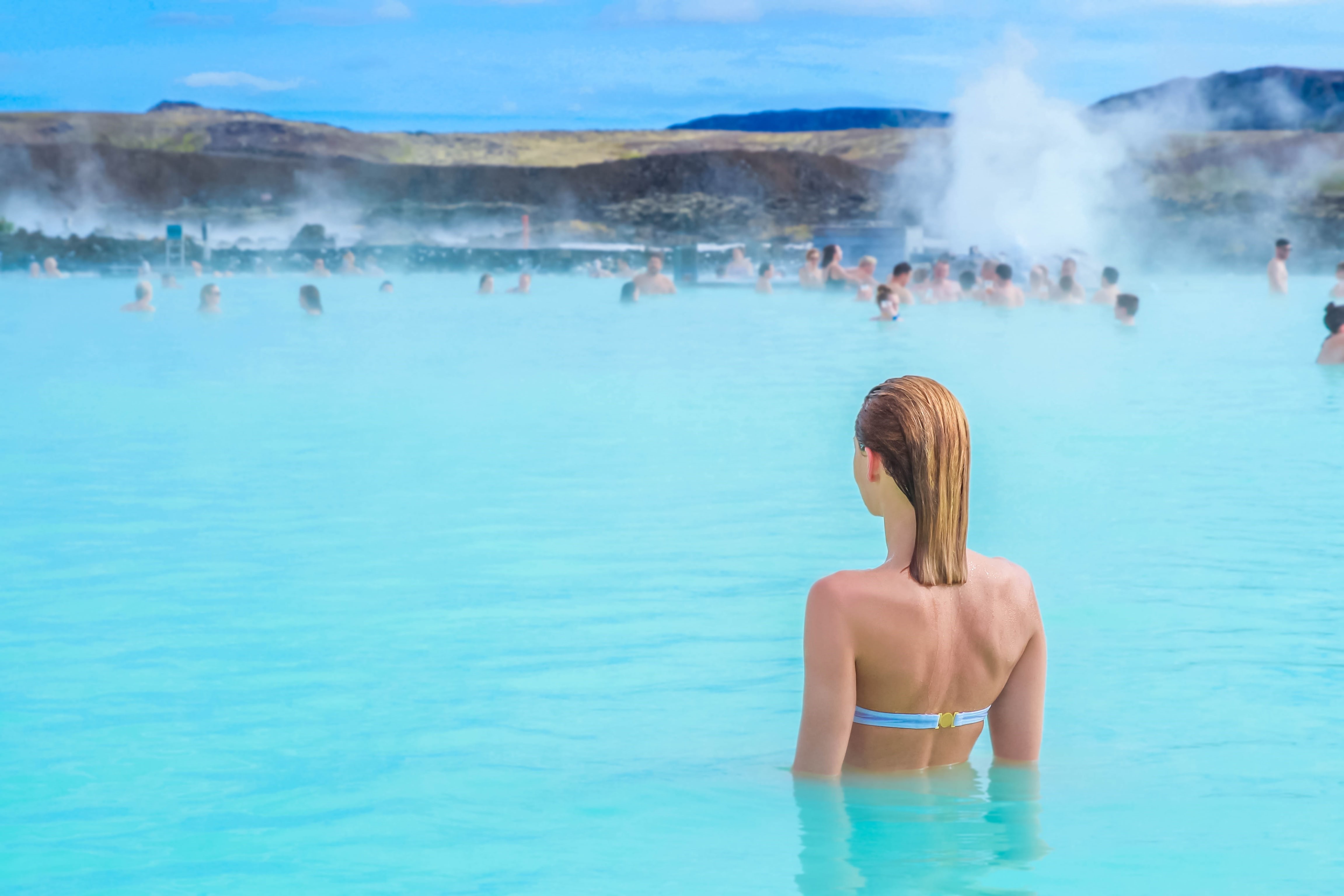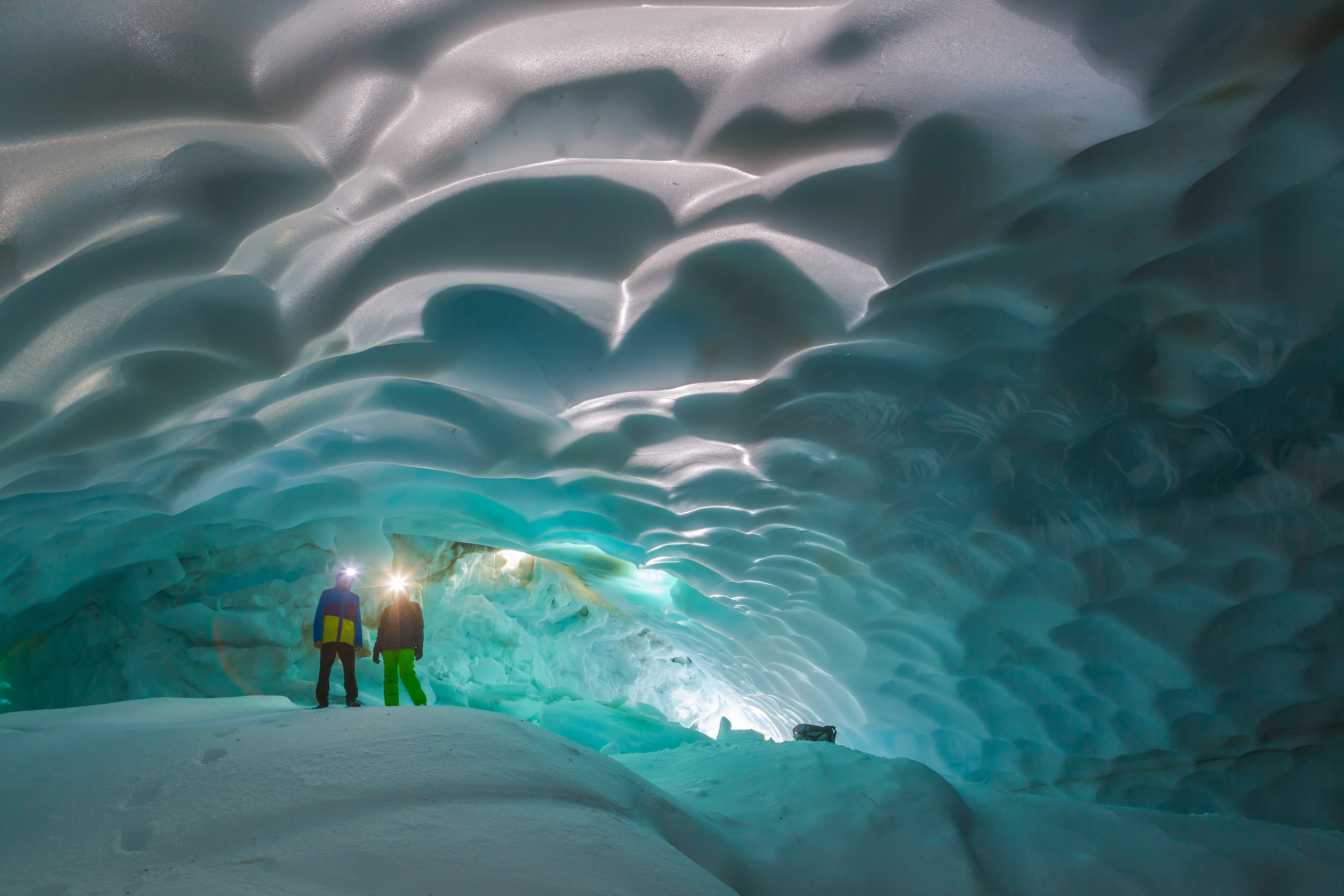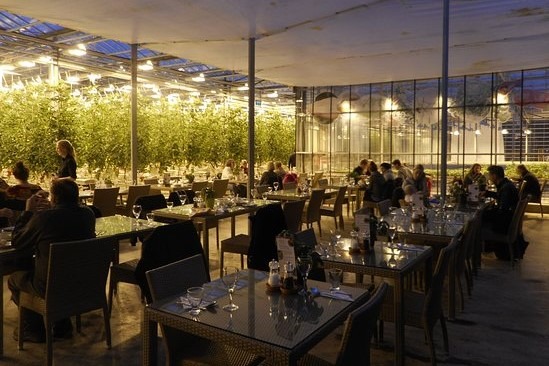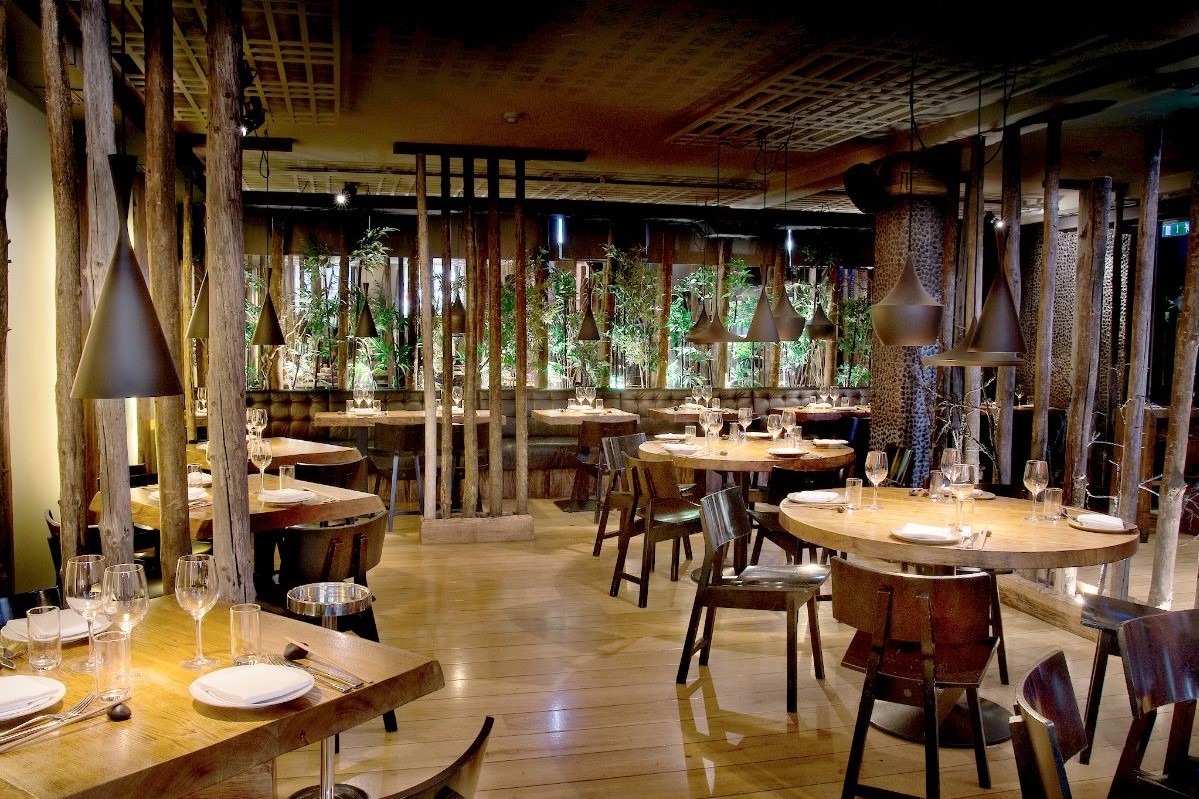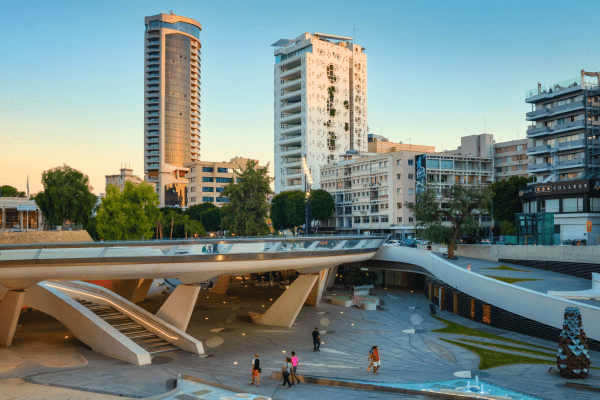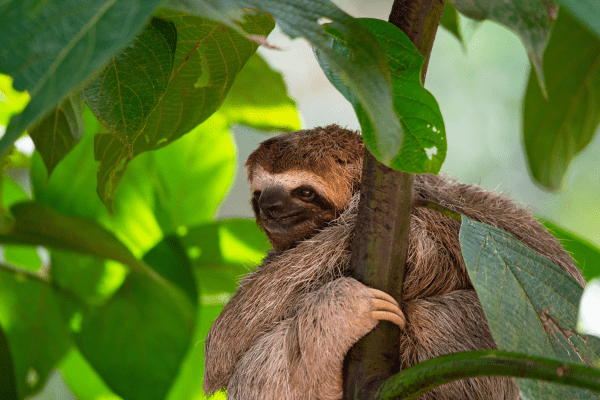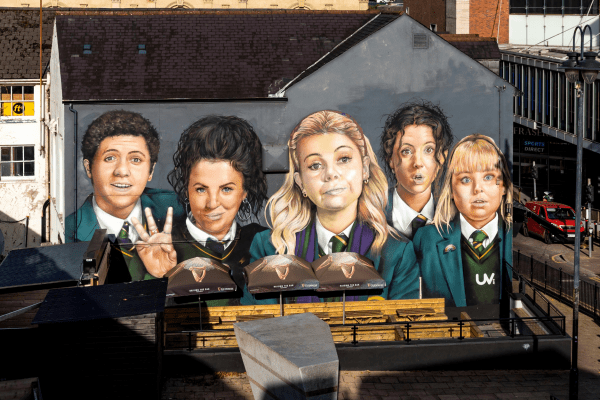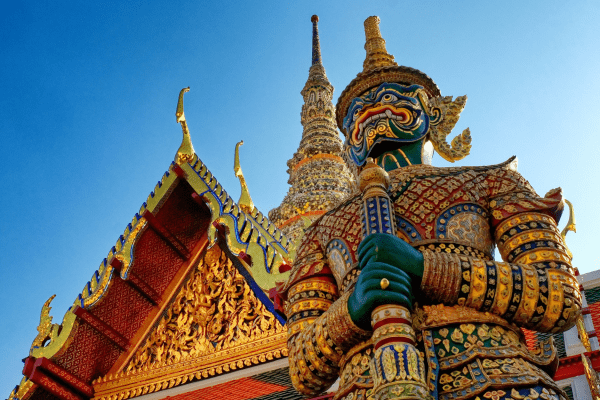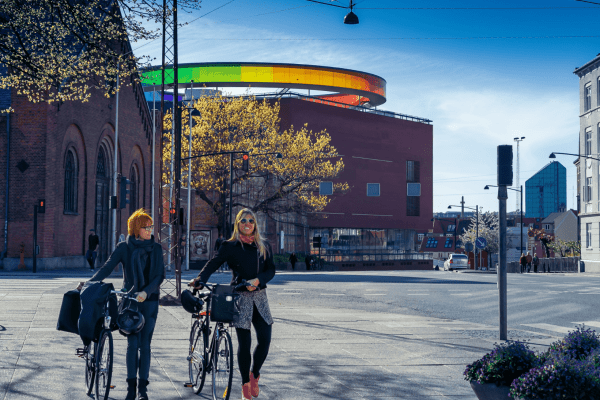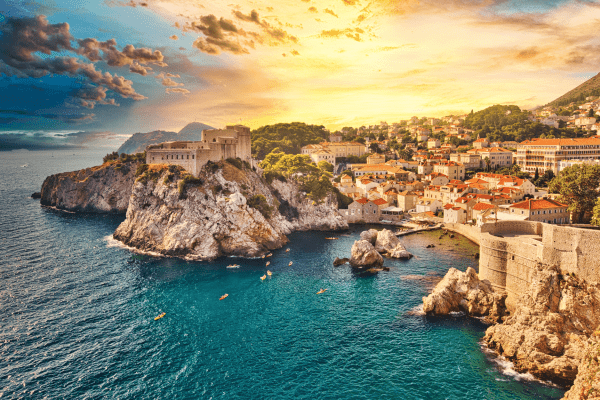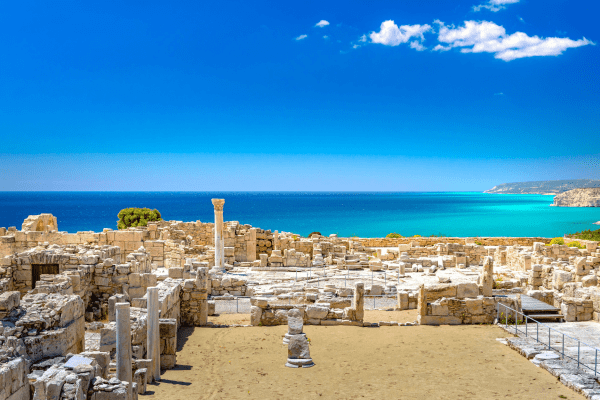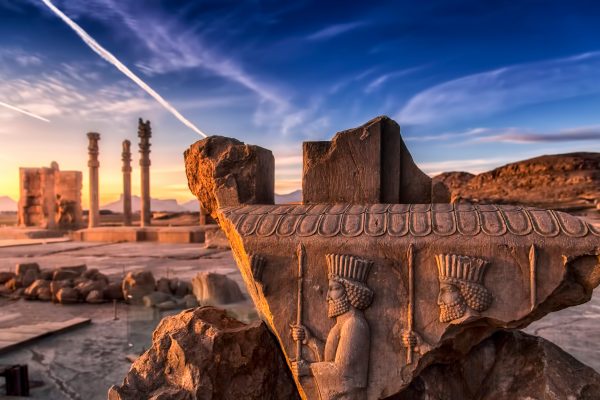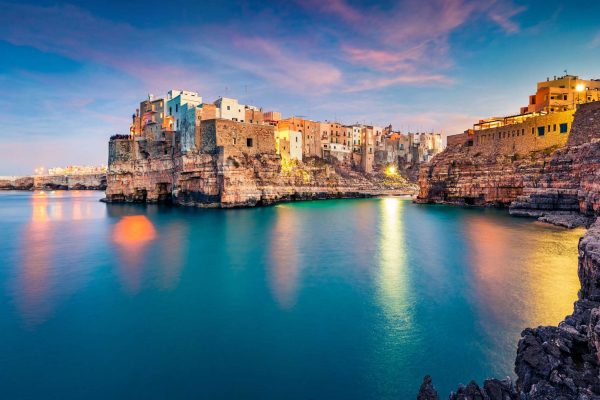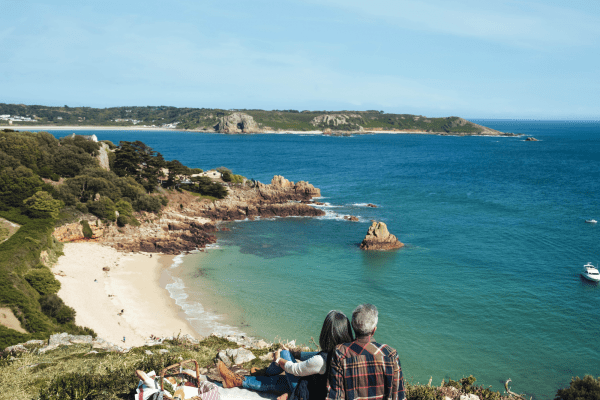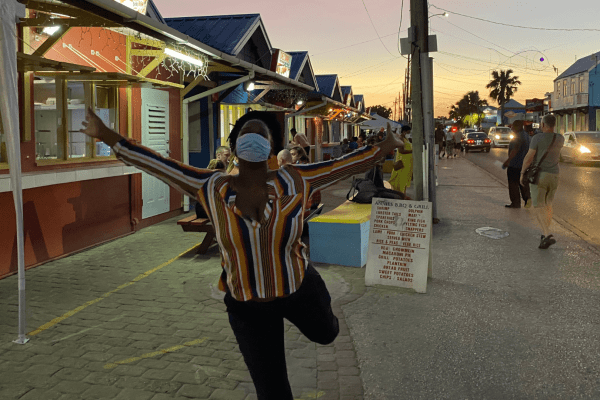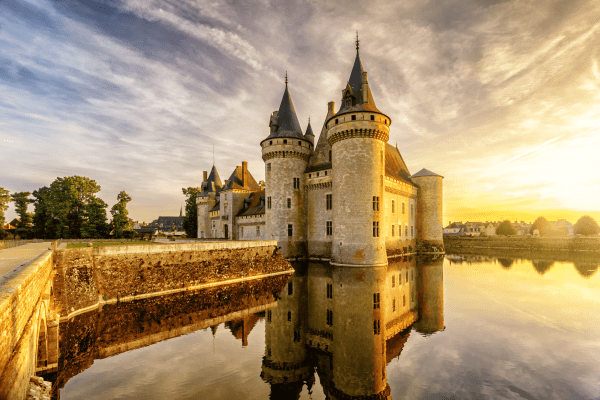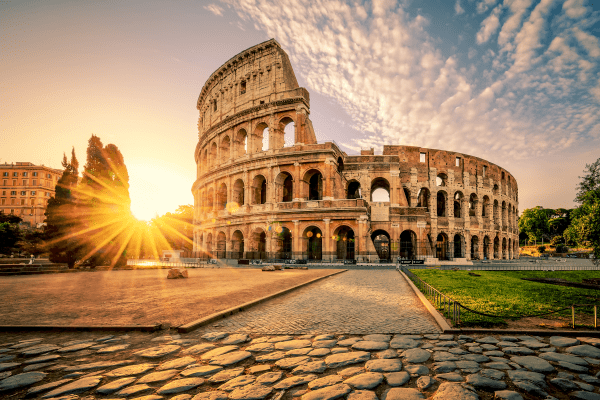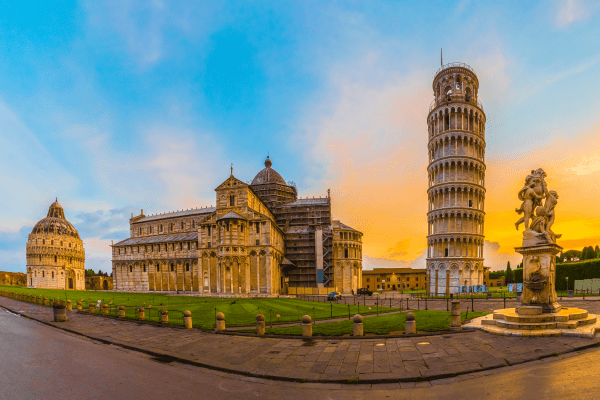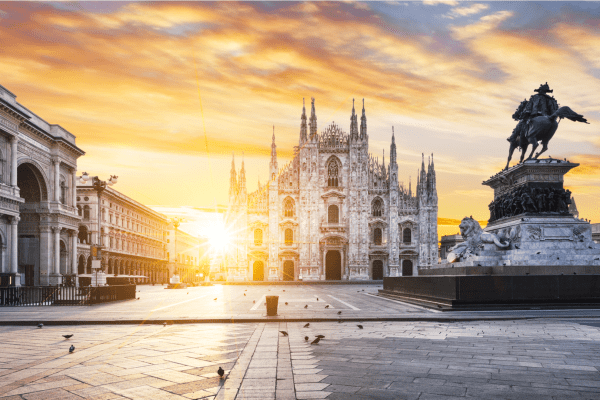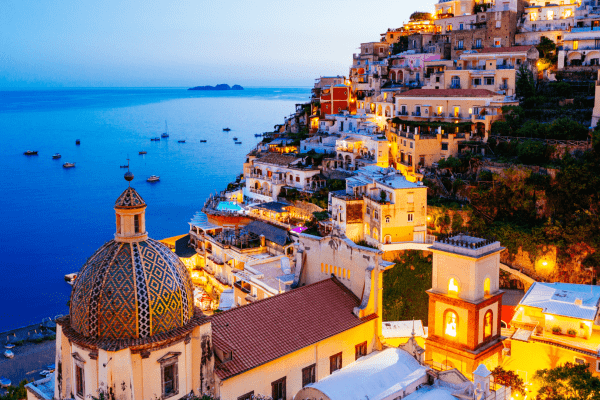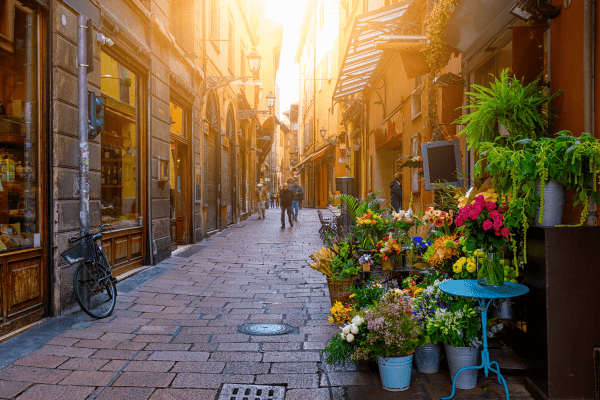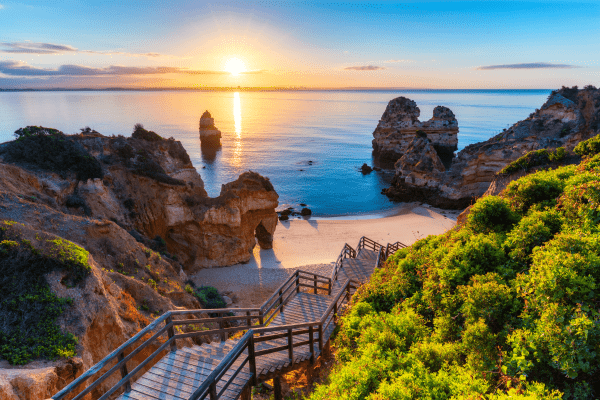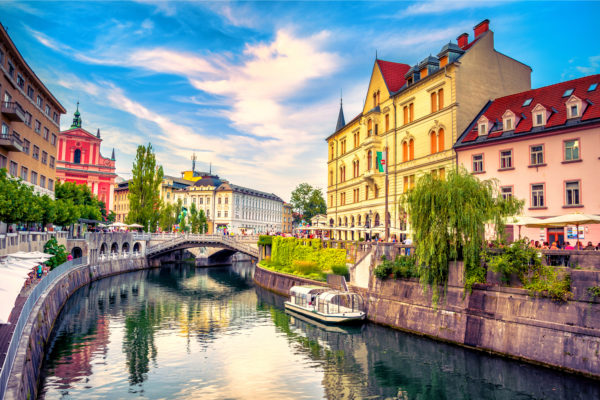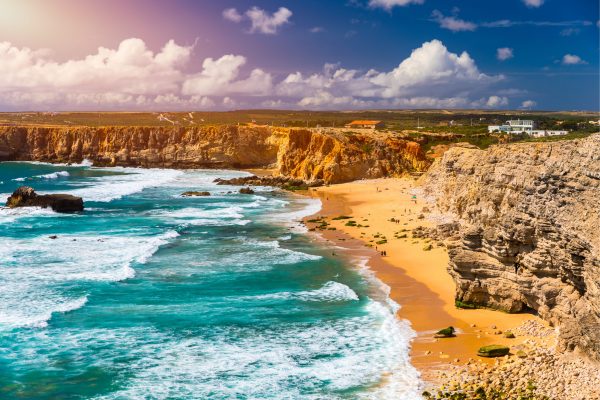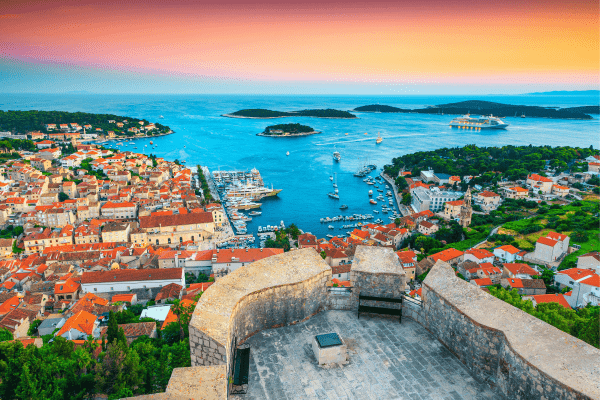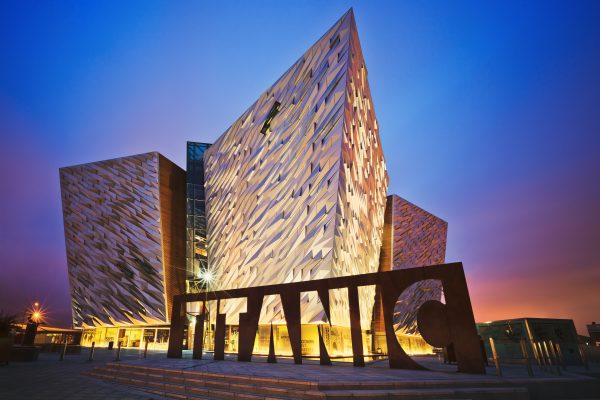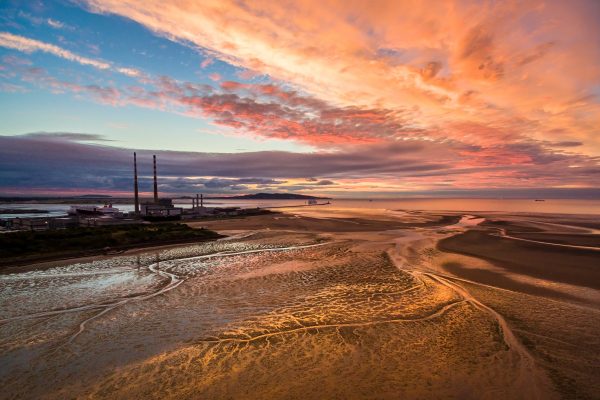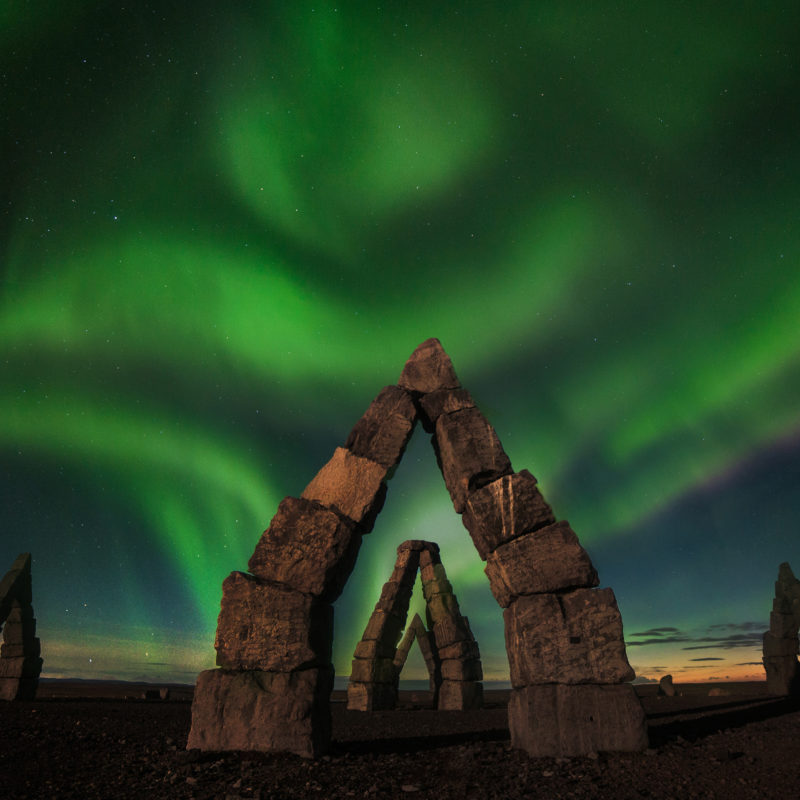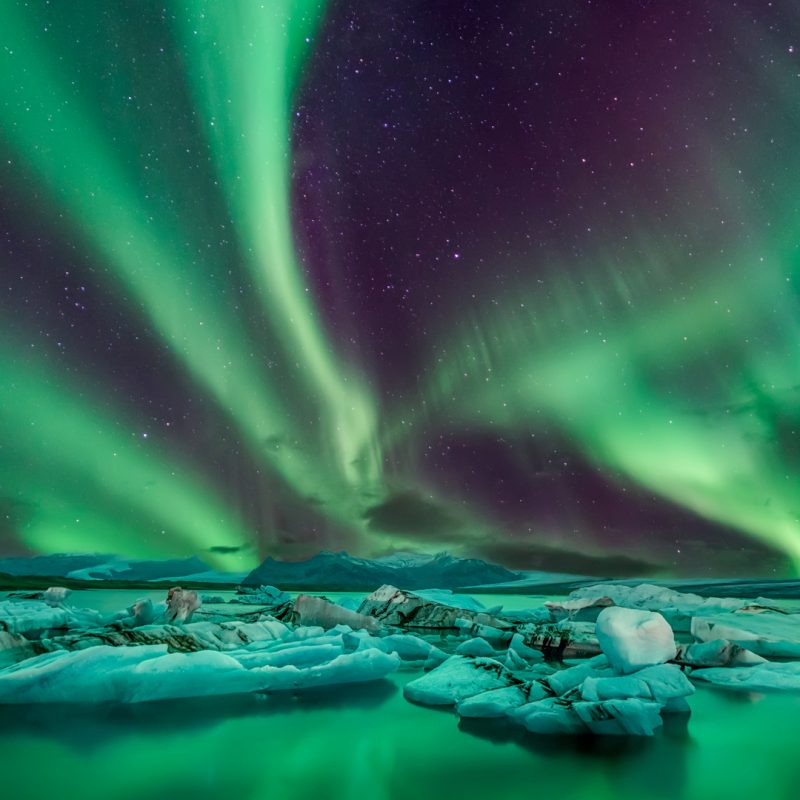Come for the chance to disconnect in this other-worldly place and feel alone amidst breath-taking scenery, lava fields, black sand beaches and rare natural phenomena. The summer is by far the most popular period for visitors to this northern isle when a circular trip around the whole of Iceland is possible. However, low season travellers have overwhelming reported a positive experience in the off peak October to April months when crowds are few and prices are lower. So long as you research your trip well and are prepared, there are fabulous winter adventures to be had at this time.
So, what are the issues to be aware of? Yes, it will be cold, with highs of around 2°C in December and January, and days are short. There’ll be snow and ice as well, meaning some areas, such as the highlands, are inaccessible through the period, with others becoming blocked after a night’s snowfall. However, if you plan your activities around Reykjavik and the south with the possibility of domestic flight to the Akureyri and Lake Mývatn area in the north, and stay aware of changing local conditions, you will not go far wrong. If you rent a car, you should be a confident driver and ensure you take a good 4×4, or else opt for one of the many excellent professionally guided tours. On the up side, you’ll be treated to stunning winter wonderland snowy landscapes, spectacular frozen waterfalls, the chance to partake in skiing, snowshoeing and dogsledding. Not least, low season is when you’ll have the best chance of seeing the Northern Lights.
Golden Circle
This wonderful series of sites are all located within about 60 miles of Reykjavik and can even be toured within one day. Thingelvir National Park is the site of Iceland’s historic parliament and sits within a rift valley caused by the separation of two tectonic plates which is covered by snow in winter and superbly quiet. You’ll also find hot springs such the Secret Lagoon, and the Geyser Field with Strokkur erupting every 8 to 12 minutes. Don’t miss Gullfoss Falls, absolutely stunning in any season, Kerid Crater, and Skaholt, a sleepy town in the middle of a lava field with its beautifully decorated church.
The Southern Coast
The winter views are a photographer’s dream with teams of wild Icelandic ponies surrounded by snow covered landscapes. Elegant Seljalandsfoss, mighty Skogafoss and the less frequented Gljúfrabúi waterfalls are lovely to visit in the afternoon when the sun shines through the streaming cascades, but do remember waterproofs as the spray can be drenching. Walk across the black sand beaches around Vik, where you can view the Solheimasandur plane wreck. On a clear day you will have amazing views across the beach and all the way to the mountains with the black dunes forming an incredible contrast with the blue sky and white peaks. Continue your exploration to Diamond Beach on the edge of the Breidamerkursandur glacial plain, where icebergs from the Jökulsárlón glacier lagoon wash up on the jet black sands.


